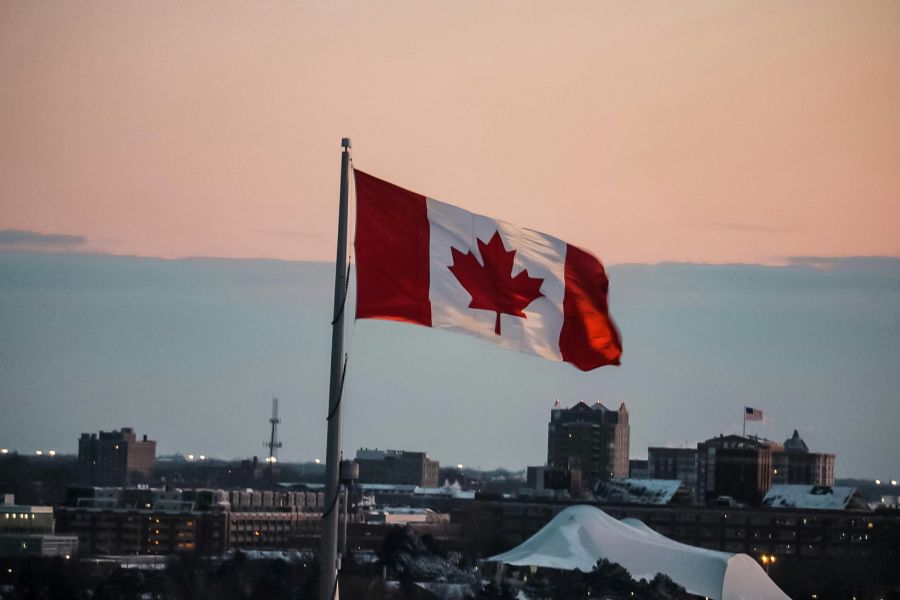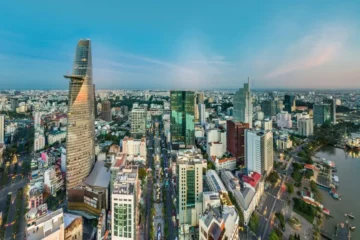If you’ve been hearing more stories about Canadian visa refusals lately, you’re not imagining things. In 2024, Canada quietly began tightening its entry gates, and by mid-year, border officials were turning away an average of 3,700 people each month. That’s a 20% spike compared to the previous year. And it’s not just border control—visa processing officers have also been increasingly selective. Approval rates for visitor, study, and work permits have dropped, leaving many applicants confused, frustrated, or simply unable to proceed.
Key Takeaways
What Are the Recent Trends in Canada’s Visa Refusals?
This shift marks a notable departure from Canada’s previously generous stance on immigration. While the country still welcomes hundreds of thousands of newcomers each year, it’s becoming more cautious about who gets in and why. And if you’re applying in 2025, you’ll need more than just hope—you’ll need a watertight application and a good understanding of the shifting rules.
Why Is Canada Tightening Its Immigration Policies in 2025?
The reasons behind Canada’s tougher stance aren’t just bureaucratic—they’re deeply political and economic. Canada’s population hit the 40-million mark faster than many expected, fueled largely by immigration. But while the labor market needed workers, infrastructure hasn’t kept pace. Affordable housing is in crisis, transit systems are overburdened, and public opinion is turning cautious.
This growing concern has forced policymakers to reassess. The federal government, under increasing pressure, has taken steps to recalibrate immigration numbers and ensure that incoming residents don’t outstrip the country’s ability to house and support them. That recalibration began in late 2024 and is now in full swing in 2025, with ripple effects across nearly every visa category.
Which Visa Categories Are Most Affected by the Crackdown?
While permanent residency targets have received the most media attention, it’s the temporary visa categories that have seen some of the harshest impacts. Visitor visas—once seen as a formality for many travelers—are now facing higher refusal rates. Officers are scrutinizing applications for signs of vague travel plans or weak financial backing.
Also Read: Which In-Demand Jobs in Canada Could Get You PR in 2025?
Study permits have also become harder to secure. This is especially true for applicants from countries flagged for high dropout rates or low academic performance. Meanwhile, work permits are now often held up by delays and subjected to stricter labor market assessments. Even employers sponsoring foreign workers are being asked to jump through more hoops, all under the banner of ensuring “genuine employment needs.”
What Are the New Permanent Residency Targets?
In a dramatic policy pivot, Canada announced a sharp cut in its permanent residency targets for 2025. Instead of the half-a-million figure it had aimed for previously, the revised target now sits at 395,000. And there’s more trimming ahead—the government has signaled that future years will also see reduced quotas, reflecting a more controlled immigration approach.

This reduction isn’t just about numbers. It’s also part of a broader attempt to prioritize integration over intake. That means newcomers may face more hurdles when applying, with increased competition and more stringent assessments for eligibility. In other words, fewer spots and tougher standards.
What Are the Common Reasons for Visa Refusal?
Many applicants assume that meeting the basic requirements is enough, but in Canada’s current environment, that’s no longer true. Some of the most common reasons for visa refusal in 2025 include:
- Incomplete or inconsistent documentation
- Lack of strong home country ties, which makes the applicant seem like an overstay risk
- Insufficient financial support
- Medical or criminal inadmissibility
- Misrepresentation, even if unintentional (like inconsistent job histories or unclear purpose of travel)
For permanent residency, refusals are often tied to similar issues but carry higher stakes. Even a small error—like failing to disclose a past visa denial or providing incomplete employment records—can result in outright rejection.
How Can Applicants Improve Their Chances of Approval?
While the climate may be tougher, it’s not impossible to succeed. Applicants can still gain approval if they approach their case with precision and preparation. Start by making sure every document submitted is current, complete, and consistent across all application sections.
Show strong ties to your home country—this could be a stable job, family obligations, property ownership, or ongoing education. For student and work visa hopefuls, clarity of purpose is essential: why this course or job, and why in Canada? Financial documentation should leave no doubt that you can support yourself during your stay. Lastly, don’t rely on templates or copy-pasted statements—officers can spot insincerity from a mile away.
Is This a Temporary Shift or a Long-Term Policy Direction?
That’s the question everyone’s asking. While some of the changes seem tied to current political and economic pressures, others suggest a deeper, longer-term shift. Canada is trying to rebalance its immigration system, focusing on quality and sustainability rather than raw volume.
Immigration consultants and analysts believe that while numbers might rise again in future years, the scrutiny now applied to visa applications will likely remain. In short, the bar has been raised—and it’s not coming down any time soon.
Final Thoughts
If you’re planning to apply for any kind of Canadian visa in 2025, the key is preparation. This isn’t the open-door Canada of five years ago. It’s a country that’s recalibrating—and only those with strong, transparent, and well-documented cases will make it through. But if you plan, follow the updated rules closely, and don’t leave anything to chance, Canada can still be your next destination. Just be ready to prove you’re worth the stamp.





